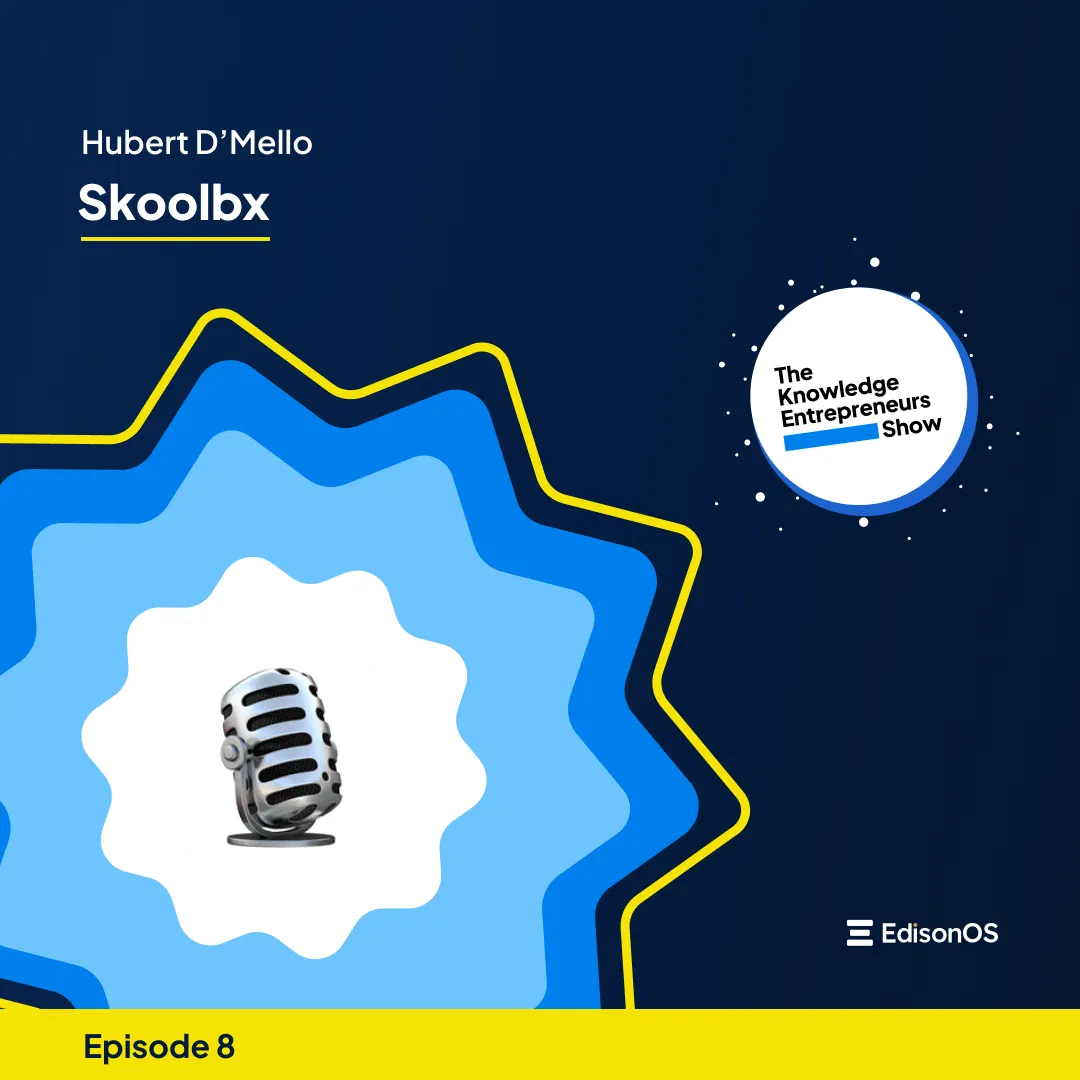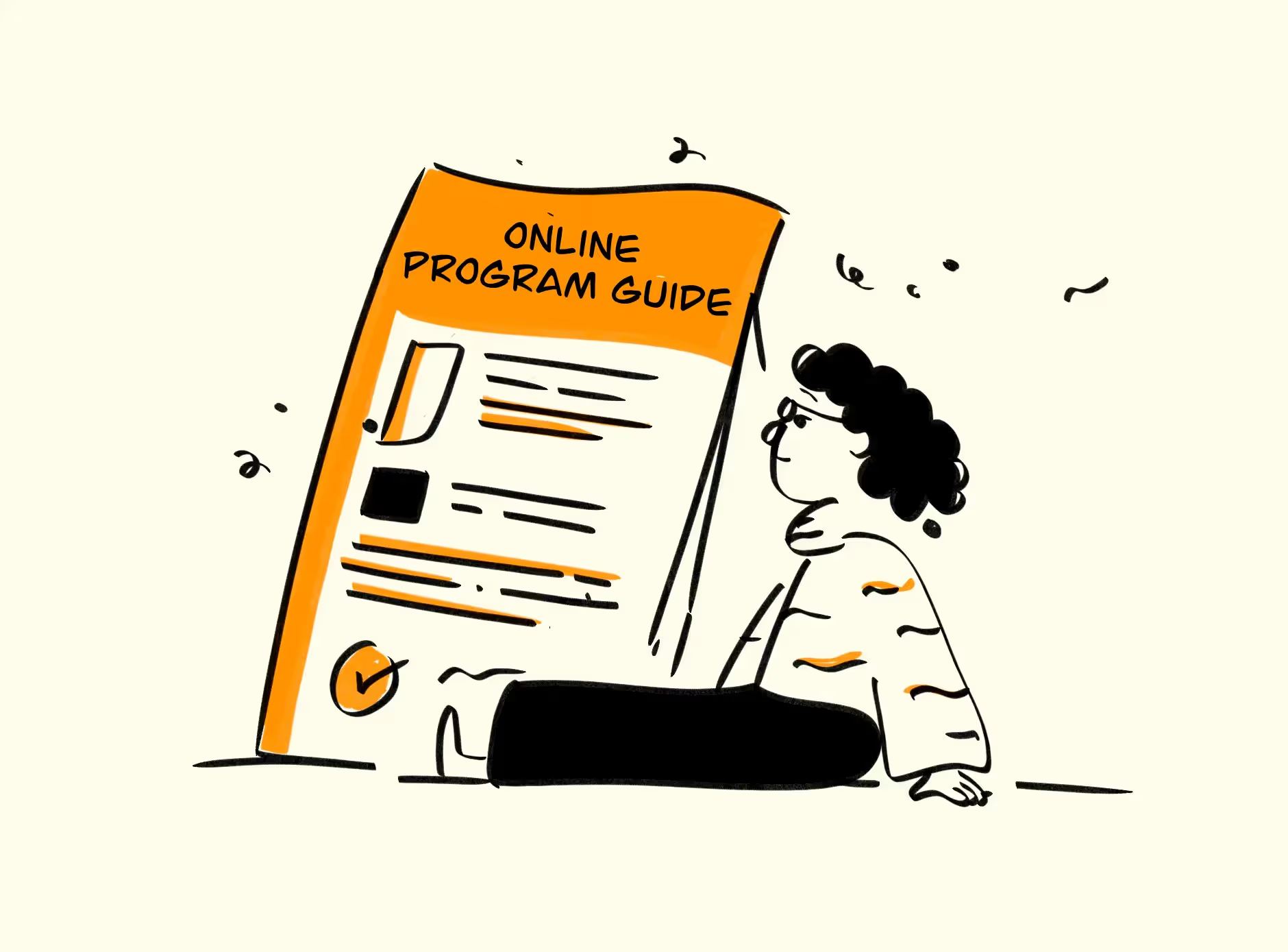




Key Takeaways
- Shorter Courses Improve Retention: Longer eLearning courses can lead to higher dropout rates. Shorter, more engaging courses boost student success.
- Course Duration Depends on Learning Style: The ideal course length varies by subject and student preferences, making tailored learning essential.
- Retention is Key: Keep students engaged with varied content and strategies like active learning, interactive activities, and regular assessments to improve retention.
If you're trying to retain more students, the eLearning course length is one of the easiest things you can change. eLearning course length plays a huge role in student success. For example, a study compared instructor-led to online courses and found students in the online classes learned less and had a higher dropout rate. The study indicates that these findings may be due to the length of learning experiences... they were just too long!
Many educators believe that the longer their eLearning course is, the better it will be. But this belief can hurt your student retention - which is something you'll want to avoid at all costs. I know you've been told you have the shortest attention span since an ant. I mean, that's probably an exaggeration, but we're indeed used to a world full of Twitter posts and Instagram pics and Snapchat updates…which are all way shorter than the length of a typical eLearning course.
Many universities and colleges believe longer courses are better. This is consistent with the way we learn — as students, we are rewarded for long answers, for studying for hours on end, and for cramming as much information into our brains as possible. The problem is that this type of learning isn't optimal — not for boosting retention and not for maximizing creativity (which is the purpose of higher education to some).
How many eLearning courses can you cram into a 30-minute lunch break?
Does course length influence learning retention?
How long should an online class be?
Great questions and we're tackling all these issues and more in this article.
So, What does Course Duration Mean?
In online learning, the term "course duration" (also referred to as Course Length) refers to the time it takes for a student to complete an entire course. Some courses can be completed in as little as one day, while others can take up to a year or more.
The average course duration is around 20 hours of instruction per week over several months or less.
Course duration can vary greatly depending on several factors.
First, there are the instructional design and activities themselves. Some courses have fewer resources and activities than others, so they're naturally shorter than those that have many more.
Second, there's the number of students who enrol in each course. A course with fewer students will move faster than one with many more students because there will be more opportunities for interactions between instructors and students.
Finally, other factors may affect how quickly a student can complete a course, such as their motivation level and time available outside of class time.
What is Considered Full Time for Online Classes?
The definition of full time varies by institution and program. The National Center for Education Statistics (NCES) defines full time as 30 hours or more per week in its Integrated Postsecondary Education Data System (IPEDS). However, for most distance learning courses, the number of hours per week you spend on your studies is less critical than the amount of time you spend doing coursework each day.
Depending on the institution and the degree, full-time can mean anything from 12 to 15 hours per week (or more). According to Course Hero, the average number of hours for online classes is about 18. But some schools may have a lower limit, and others may have a higher one. Don't assume that any given definition is standard across all institutions.
What is the best length for an online course?
The answer to this question is not a simple one. The best length for an online course is different for every type of course, and it depends on the learning style of your students. If you are a teacher or an instructor, it is essential to know about the different learning styles and how they affect your students. There are three main categories of learning styles: visual, auditory, and kinesthetic. A student may have multiple learning styles at once, but usually, one will dominate over the others.
Visual learners learn best by seeing things – such as graphs, charts and illustrations.Whereas auditory learners
prefer to hear lectures or follow along with audio recordings.
Kinesthetic learners learn best through hands-on experience – they need to be able to move around while they're learning something new (for example, they might use props like flashcards). The best online course duration will depend on the type of course and your target audience.
If you're teaching a technical skill, such as programming or web design, then it's likely that your students will be comfortable spending more time learning. For example, if you're teaching Python, your students will want to spend a lot of time with their editor and command-line tool learning how to write code. Many online programming courses are between 5-10 hours in length - because there is so much material to cover.
It's not uncommon for them to be shorter in length than other types of courses, such as marketing or management skills. These topics are extensive and require less time spent with the material before moving on to the next topic.When deciding on the length of your course, you must consider how much time each section should take and how long it will take for students to complete each section. Once you have this information, you can estimate how many hours total will be needed for them to finish the online course.
But why does the duration of online classes matter? Because the online class duration heavily affects the students'
attention retention rate.
What is the meaning of Student Attention Retention?
Student attention retention is the level of concentration that a student has on the subject. The concentration level can be measured by using different techniques like eye tracking and heat maps.Student attention retention is an essential parameter for teachers, parents, and school authorities to understand students' skills in different subjects. This can be helpful for students to improve their knowledge as well as their concentration levels.
Student attention retention can be measured by using different tools such as eye-tracking devices, heat maps, and other software tools. These tools analyze how much time a student spends on each topic during a lesson or lecture. It also helps in understanding how much time they need to learn new concepts by looking at different media types such as videos etc.
How can a Teacher Improve Student Attention Retention?
There are several ways teachers can improve their students' attention retention. First, they should ensure that the online classroom environment is conducive to learning. This means that there are no distractions in the room and that it is clean and organized.
They should also do their best to engage students with lessons relevant to them and their lives. For example, if they want students to learn about global warming, they should understand how it affects them and what they can do about it. Finally, teachers should make sure that they give students plenty of time to complete assignments so that there isn't any pressure on them to rush through each step of the process.
Teaching methods vary from teacher to teacher, but some commonalities among the best teachers are. Attention retention is one of those characteristics that can be developed with practice. A good teacher knows how to keep students engaged in the classroom and how to make lessons enjoyable.
Here are some tips on what teachers can do to improve attention retention in the classroom:
- Use visual aids - Visual aids help students understand concepts better. They also keep students focused on what you're saying because they're not focusing on their peers.
- Use humour when appropriate - Humour helps break up the monotony and makes teaching more fun for you and your students. It also keeps students interested in what you have to say because they want to know what will happen next.
- Change things up often - Do this so that students don't get bored with a subject or activity too quickly. For example, if you're teaching a lesson on fractions, have them play a game where they have to divide one number by another while blindfolded or wearing headphones (depending on the age group).
What are Students' Attention Retention Strategies?
Teachers have to be careful with the way they present material. The way you present information can severely impact how well students retain and recall that information. You can never assume that your students are paying attention to you. Always believe they are not, and then try to engage them in a way that makes them want to pay attention.
The following are some strategies that teachers can use when presenting material:
1. Make students think.
One of the best ways to keep students' attention is to make them think. This can be accomplished through problem-solving, asking questions or having them participate in class discussions. Students who think are more likely to retain information than those who aren't involved.
2. Give them control.
Students also prefer to have some control over their learning experience. If you give them choices about how they spend their time (even if those choices include colouring quietly), they will be more likely to see themselves as active class participants rather than passive observers. They will also feel freer to ask questions or participate when they choose rather than when you tell them it's time for participation or discussion time.
3. Keep the pace up.
When students are bored and uninterested in what's going on in class, it's easy to tune out of everything you say or ask them to do. One way to keep pacing up as a teacher is through activities such as group work, games and quizzes - anything that keeps your students engaged with what they're doing at any given moment will help them stay focused on what you're saying too!
4. Use a variety of teaching modalities.
Students learn in different ways, so it's essential to use a variety of teaching modalities when presenting the information. For example, some students may prefer listening to lectures while others may need to see graphs or diagrams. Some students need hands-on experience with concepts, while others can learn best by reading about them.
5. Provide good role models.
Students tend to imitate what they see their teachers doing, so be aware of your behaviour and how it affects their behaviour. If you don't want your students talking during class time, don't talk when you're supposed to be talking either. If you want your students to listen attentively during lectures, then make sure you do the same thing yourself when someone else is speaking or lecturing.
6. Don't assume that all of your students will learn the same way.
Some students may need more visual or auditory input, while others might respond better to tactile activities.
You can use this information to match your teaching style with each student's learning style.
7. Provide variety in your topics and how you teach them.
This is a classic one. It's not just that students need to know what's coming up next, but also that they don't want their brains to get bored by hearing about the same old thing repeatedly. If you can't shake things up, at least try out different teaching methods, so it doesn't feel like every lesson is just another version of the same thing.
8. Check for comprehension regularly.
There's nothing worse than waiting until the end of class to determine if your students understood anything at all!
Check periodically throughout the period (or day) as needed — even if it's just by asking them a simple question that they should be able to answer accurately based on what they've already learned in class. This will keep them motivated to pay attention throughout the period or day, rather than just before something is due or tested on!
9. Encourage self-assessment and self-monitoring.
Students aware of their attention-retention strategies are more likely to monitor their behaviour and make adjustments when needed. Teachers can promote this awareness by giving students opportunities for self-assessment.
For example, students might be asked to keep a log of their daily activities and identify which helped them pay attention or which actions led to distractions. They could also track how long it takes them to start studying for an exam, how long they can focus before getting distracted and what type of environment helps them stay focused (e.g., music, background noise).
Teachers can also model these strategies by keeping notes on their learning process and sharing them with students as a form of feedback.
Conclusion
There are numerous ways to increase your chances of retaining your students' attention. Since the ratio of presentation time to listening time depends on students' attention retention when reading a textbook, the more they look at the slides, the more they listen to the teacher.
It is possible to give them hints to improve their knowledge retention by detecting their attention levels. This saves time in explaining before class and helps with planning future lessons. It is also a way to bring reading materials closer to them while they are still fresh in their memories.It can be challenging to keep a class's attention, especially if you have an entire roomful of people with varying interest levels in the subject matter. Keep these tips in mind, and they will help you keep your student's attention.
Recommended Reads
Recommended Reads











.png)
.webp)
